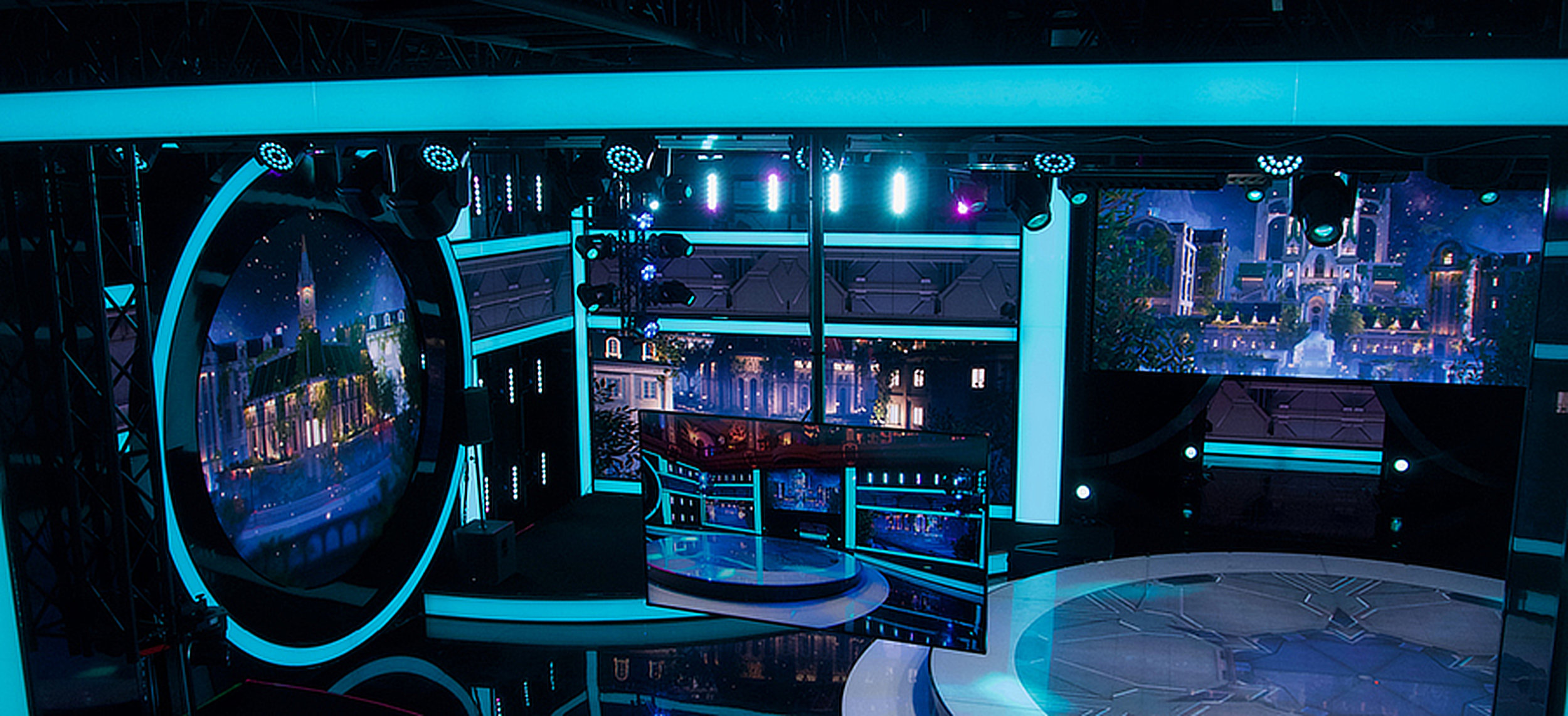Advantages of Light Emitting Diode Display Walls Over Conventional Projection Technologies in Modern Graphic Displays
Advantages of Light Emitting Diode Display Walls Over Conventional Projection Technologies in Modern Graphic Displays
Blog Article
LED display walls have grown progressively popular in various environments, such as educational institutions, businesses, and leisure locations. These sophisticated display technologies offer several advantages over conventional projection systems. Understanding these benefits can help companies make informed choices about their visual needs. This article will examine the main advantages of LED video walls, including luminosity, image quality, adaptability, upkeep, and power efficiency.
One of the key important advantages of Light Emitting Diode display screens is their brightness. LED technology produces lively and bright images that can be readily viewed in various lighting conditions. Unlike traditional projection systems, which can struggle in well-lit settings, Light Emitting Diode display walls maintain their sharpness and color accuracy even in well-lit spaces. This makes them ideal for outdoor activities or places with large openings. The elevated brightness levels ensure that the content displayed is consistently visible, making it simpler for audiences to engage with the information being shown.
In furthermore to luminosity, Light Emitting Diode video walls provide enhanced visual clarity. They offer greater resolution and improved hue reproduction compared to traditional projection technologies. This means that pictures and footage displayed on an LED screen appear crisper and more detailed. The pixel concentration of LED screens allows for near observation without sacrificing clarity, which is particularly important in settings like trade shows or meetings where attendees may be close to the display. Furthermore, LED tech can produce richer blacks and more vibrant colors, enhancing the complete aesthetic impression.
Flexibility is another important advantage of Light Emitting Diode display screens. These systems can be arranged in multiple sizes and forms to fit varied spaces and design needs. Unlike conventional projectors, which require a particular spacing from the screen to function correctly, Light Emitting Diode video walls can be installed in a variety of settings. They can be bent, arranged, or even used in innovative layouts to create unique visual presentations. This flexibility allows organizations to customize their visual exhibits to suit their particular needs, making LED video walls a versatile option for any environment.
Upkeep is also a crucial factor when contrasting Light Emitting Diode display screens to traditional projection technologies. Light Emitting Diode screens generally require fewer upkeep over time. Conventional projection systems often need lamp changes and routine cleaning to maintain peak functionality. In comparison, Light Emitting Diode tech has a greater lifespan and does not require frequent changes. This lowers inactivity and upkeep expenses, making LED display screens a more economical option in the long-term run. Organizations can focus on their presentations rather than worrying about the upkeep of their display technologies.
Lastly, energy conservation is an essential factor for many companies. Light Emitting Diode display screens consume fewer energy compared to conventional projector systems, which look at here can lead to significant savings on power costs. This is particularly advantageous for companies and locations that use screens for long times. Additionally, the reduced power usage of LED technology contributes to a reduced ecological footprint, making it a more eco-friendly option. By selecting LED video walls, organizations can enjoy high-quality visual screens while also being considerate of their energy use and environmental footprint.
In conclusion, LED video screens offer many benefits over conventional projector systems. Their brightness, image quality, adaptability, low maintenance needs, and power conservation make them an superior option for modern visual displays. As technology continues to progress, Light Emitting Diode display screens are likely to grow even more prevalent in multiple environments, providing companies with the resources they require to efficiently communicate and engage with their viewers.